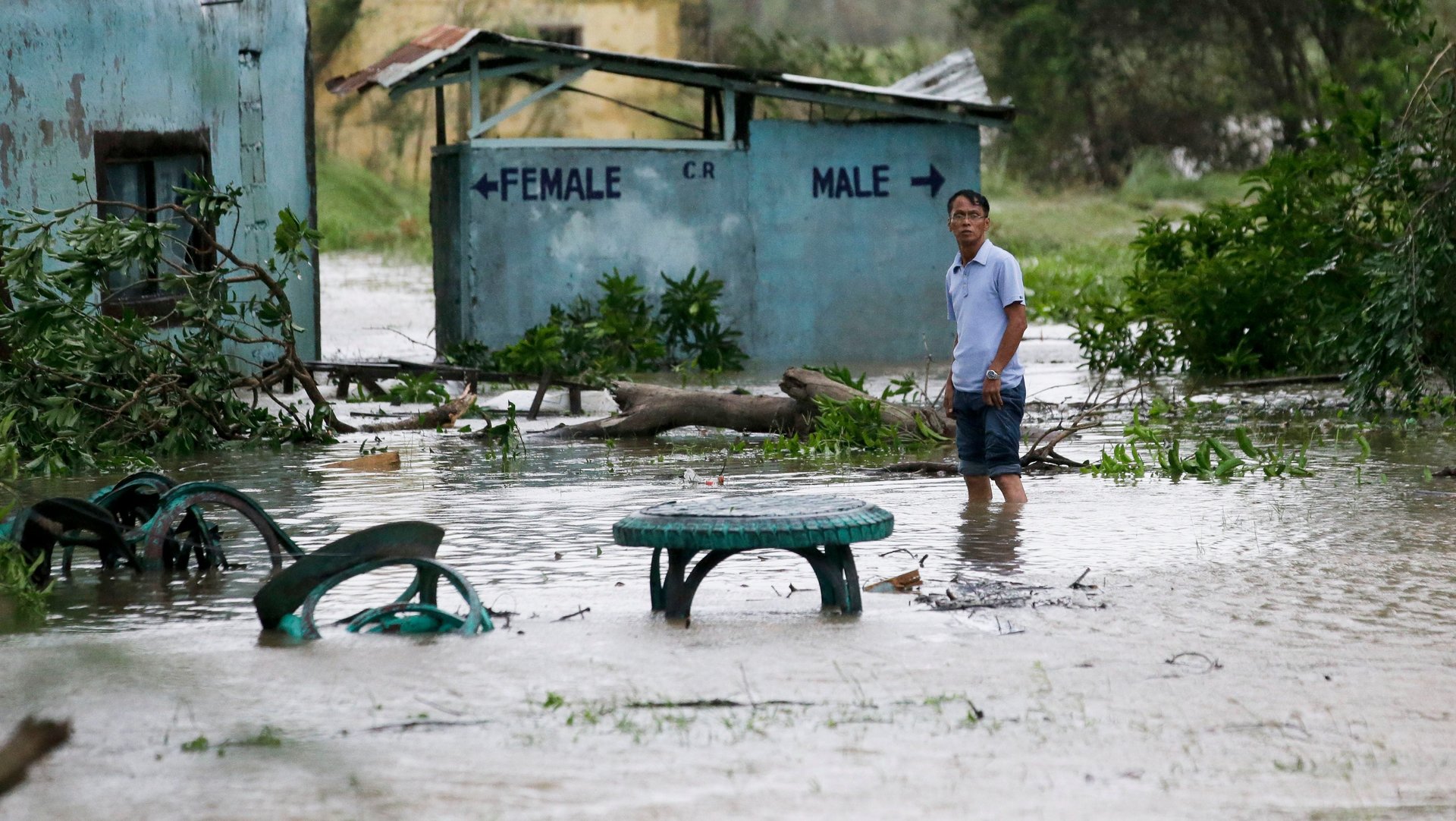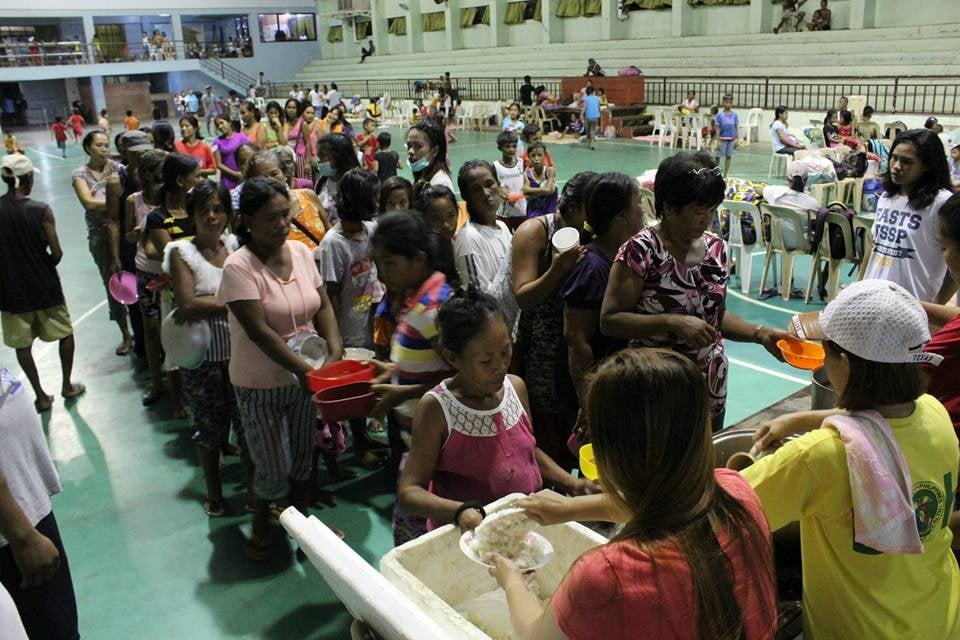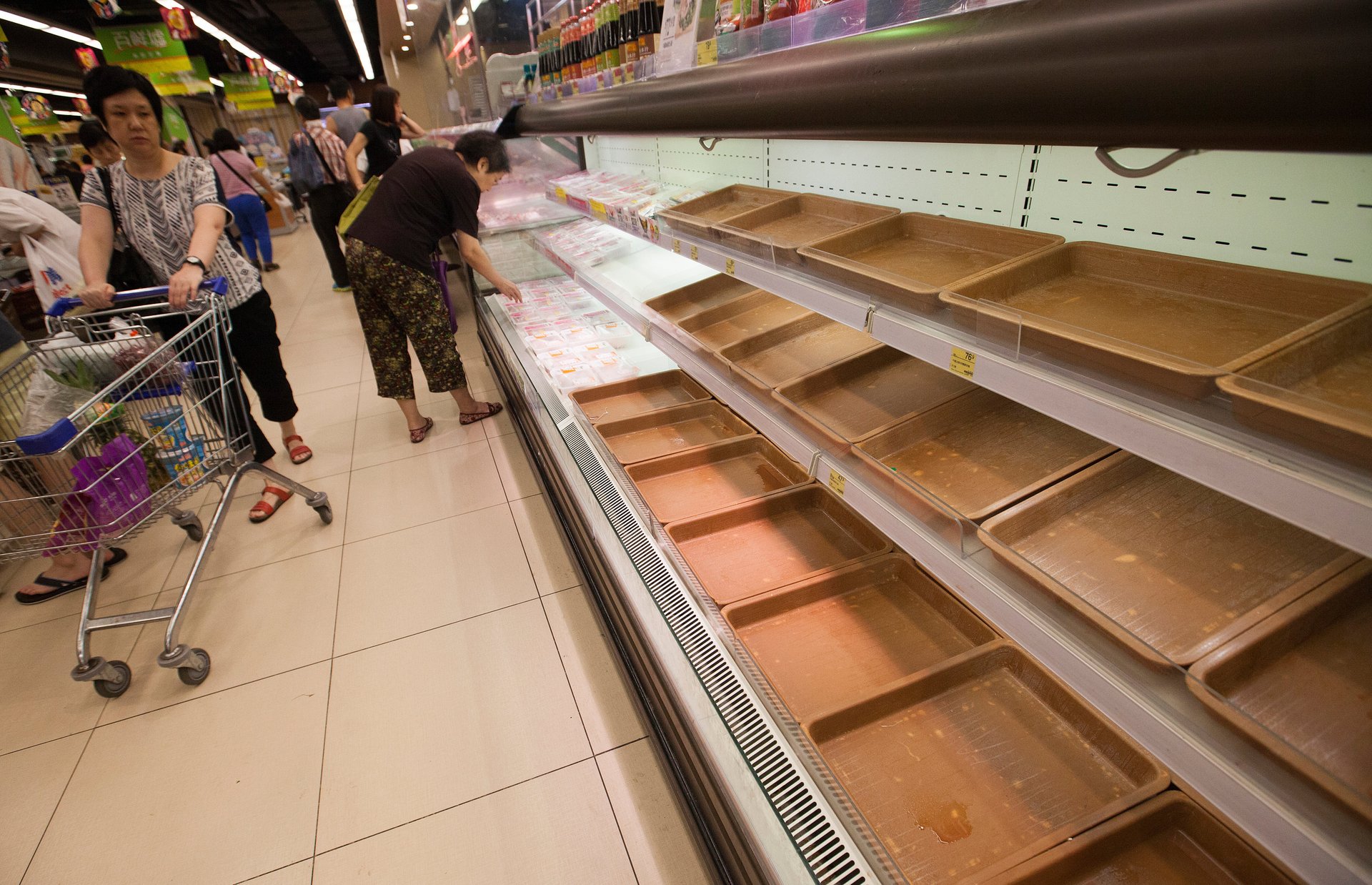Typhon Mangkhut wreaked havoc in the Philippines and is heading for China
Typhon Mangkhut ripped across part of the Philippines early Saturday with winds hitting over 125 miles per hour (200 km/h). Ranked by meteorologists as the year’s most powerful storm worldwide, Mangkhut caused widespread flooding, triggered dozens of landslides, and sent trees and roofs flying on Luzon island’s northern end. At least 16 people lost their lives, with the toll likely to rise.


Typhon Mangkhut ripped across part of the Philippines early Saturday with winds hitting over 125 miles per hour (200 km/h). Ranked by meteorologists as the year’s most powerful storm worldwide, Mangkhut caused widespread flooding, triggered dozens of landslides, and sent trees and roofs flying on Luzon island’s northern end. At least 16 people lost their lives, with the toll likely to rise.
The storm destroyed large swathes of agriculture as well, even as the nation is already having to cope with rice shortages. The area hit is the nation’s largest food producer. The extent of the damage remains unknown, but ahead of the storm, Philippines officials told CNN the cost to rice and corn crops—for which the harvesting season is just beginning—could reach nearly $120 million.
Many were breathing a sigh of relief, however, after fears the storm would cause far more death and destruction. In 2013 Typhoon Haiyan killed over 6,000 in the central Philippines. The death toll this time was lower partly because Mangkhut hit less populated areas, but also because officials were better prepared (paywall). More than 105,000 people were evacuated to temporary shelters before Mangkhut struck.

After ravaging Luzon the storm headed toward southern China, slightly weakened, but still very strong. Hong Kong, Macau, and the Guangdong and Hainan provinces of mainland China have all been preparing for its arrival. In Hong Kong residents have been taping windows and emptying grocery store shelves, stocking up on supplies in anticipation of being stuck indoors for long stretches. Most flights at Hong Kong International Airport have been canceled for Sunday, affecting nearly 100,000 passengers.

Mangkhut also threatens to hit energy and transport facilities in the area. In the Guangdong and Hainan provinces on Saturday, ships were ordered to leave ports for shelter, and oil refineries stopped the loading and unloading of ships and trucks. Two nuclear power plants on Guangdong’s coast are also in the storm’s path.
Many are wondering how the $20 billion Hong Kong-Zhuhai-Macau bridge, set to open later this year and be the world’s longest sea-crossing bridge, will fare under the storm’s powerful lashing. An engineer told the South China Morning Post that the typhoon could test the limits of the bridge’s structural safety. Meanwhile Guangdong, China’s manufacturing hub, has set up 3,800 shelters and suspended train and ferry services.